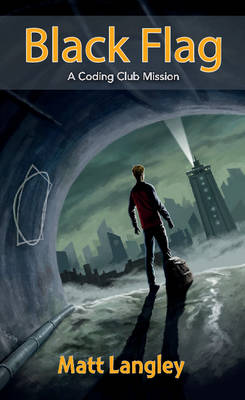Resources
Bivariate Data, Regression and Correlation: Residuals
In this activity the goal is for students to understand how the regression line is chosen. Autograph has a built-in facility for showing the squares of the residuals and is required to make this task work. Students are asked to explore what the lines that give the sum of the y-on-x residuals equal to zero have in...
Bivariate Data, Regression and Correlation: Ten-Point PMCC
In this activity, students are challenged to produce a scatter diagram consisting of ten points that give a product moment correlation coefficient of exactly 0.99. Students are expected to appreciate that the points will lie almost exactly on a straight line with at least one point being slightly out. The answer...
This item is one of over 25,000 physical resources available from the Resources Collection. The Archive Collection covers over 50 years of curriculum development in the STEM subjects. The Contemporary Collection includes all the latest publications from UK educational publishers.

In 'Black flag: a coding club mission', problem solving skills are tested as the reader joins Cal on a dangerous adventure into the underground world of the anarchists who are fighting to restore freedom to the...
The resources listed below can be used during Black History Month to help develop students’ understanding and awareness of the ethnic diversity of scientists.
Black hole in the Milky Way
In this video from the European Southern Observatory, we go to the centre of the Milky Way to investigate a supermassive black hole. Two scientists describe a 16-year long study, which used several of ESO’s flagship telescopes, to produce the most detailed view ever of the surroundings of the monster lurking at...
Black Hole Mathematics
This series of activities from NASA take a mathematical approach to looking at black holes. They are intended as supplementary problems for students looking for additional challenges in the maths and physical science post-16 curriculum. Problems consist of a student page and an answer sheet. Students need to be...
Black Holes
This animated clip explains in 1931, Subrahmanyan Chandrasekhar, calculated that if a star is big enough, that at the end of its life it can collapse to create a black hole from which nothing can escape. In fact, we are told, you can make a black hole out of anything as long as it is big enough.
Black Holes
This film, from Twig World, looks at how dying stars transform into black holes and are areas of mass so great that even light can't escape.
The key points made in the film are:
•When a star dies, it collapses and condenses into a single point, known as a singularity.
•The gravitational pull...
Black holes
This article explores the relationship between black holes and gravitational waves.
Catalyst is a science magazine for students aged 14-19 years. Find out more about Catalyst magazine: www.stem.org.uk/catalyst
